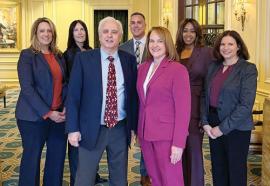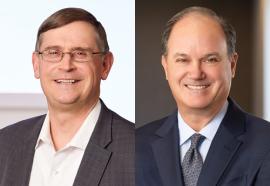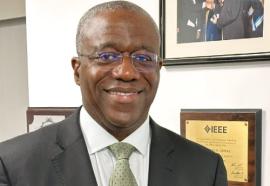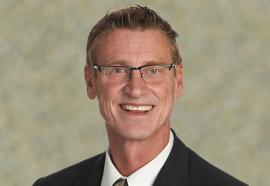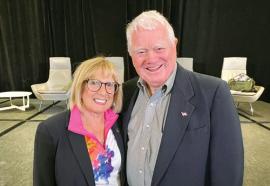Safe Water Drinking Act's 50th Anniversary
On Tap for Next 50
“Ohio recognized the need to act and clean up not only the industrial waste but the unchecked discharge of raw sewage. What could no longer be ignored was the need for federal standards, oversight, and consequences. Environmental cleanup was not yet comprehensive, nor a national priority.”





